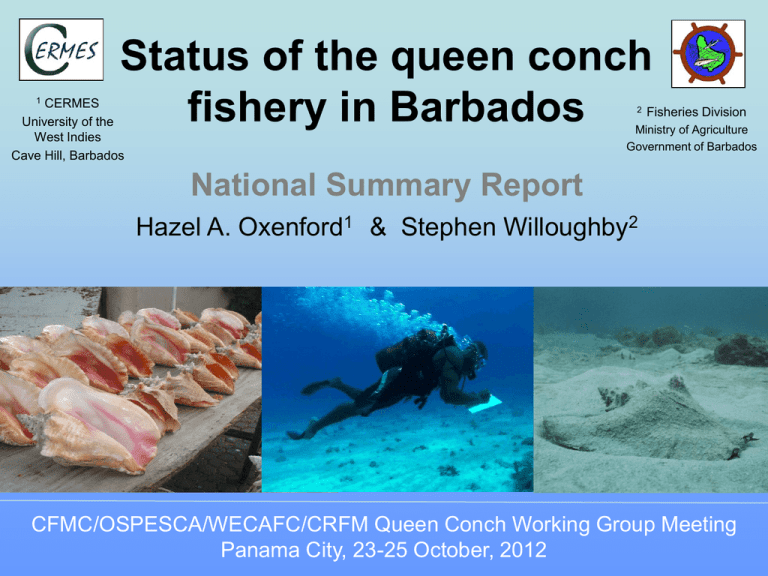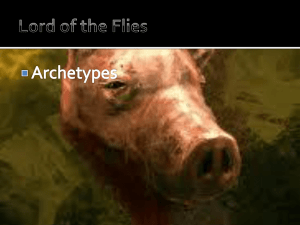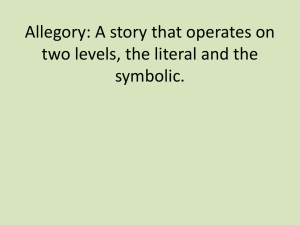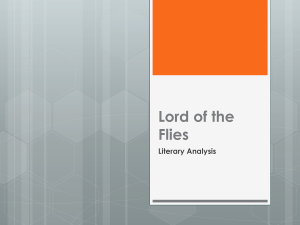Barbados Conch Fishery-WG 2012
advertisement

1 Status of the queen conch fishery in Barbados CERMES University of the West Indies Cave Hill, Barbados 2 Fisheries Division Ministry of Agriculture Government of Barbados National Summary Report Hazel A. Oxenford1 & Stephen Willoughby2 CFMC/OSPESCA/WECAFC/CRFM Queen Conch Working Group Meeting Panama City, 23-25 October, 2012 Fishery description • • Minor and largely unknown fishery Has a very long history Barbados Fishery description • • • • Conch fishers harvest other species on same trips Majority of conch fishers fish seasonally (in summer months) Trips generally 4-5 hrs Trip frequency unpredictable Fishers • • • • • Approx. 50 conch fishers (186 in fisher database) Unknown number of recreational fisher/divers Majority are free divers Majority fish from a boat Small open motorized boats SCUBA 8% 16% Free dive 76% Boat 64% Swim 24% 12% Fishing grounds • • • • > 45 fishing grounds Most 7-12 m deep A few SCUBA grounds 17-33 m deep Greatest activity on SE coast Consumption & trade: meat • • • • • Harvested for meat & shells Meat sells for between US$ 4 - 8 / lb Sold to private customers & restaurants NO EXPORT High proportion of immature conch landed (71 % of catch) Crude conservative estimate of harvest is 3,000 - 6,000 conch a year (approx. 0.5-1.5 mt) Size and maturity of shells harvested 35 Frequency • 30 Immature 25 Mature 20 15 10 5 0 0 2 4 6 8 10 12 14 16 18 20 22 24 26 28 30 32 Shell length (cm) Consumption & trade: shells • • • • • Approx. 20 shell vendors marketing significant numbers of local conch Sell from temporary stalls at fixed locations Conch shells sell for between US$ 1 – 40 Majority are sold to tourists Personal export allowance of 3 shells without permit Policy & Legislation Local • International • • • • • • CITES SPAW protocol UNCLOS • CBD Supports FAO Code of Conduct Member of CRFM Conch and Lobster Working Group • International Trade in Endangered Species of Wild Fauna and Flora Act (2006) o Export permit required o Personal allowance 3 shells The Fisheries Act 1993 o Provision for management schemes Fisheries (Management) Regulations (1998) o o o None specific to conch Remains open access Currently under revision Management & Conservation • Fisheries Division has produced conch leaflet o o • • CITES trade regulations Encouraging harvesters to leave juveniles Conch stakeholder meeting o Information exchange o Research validation Draft conch management plan o Follows FAO (2007) template Data collection & research Abundance survey • • • • Summer 2007 / 2008 Circular transects (314 m2) 38 hectares surveyed across 65 sites Conch fisher and research SCUBA divers Shallow shelf survey (3 – 15 m) 0 conch/ha 0 conch/ha Data collection & research North 1-5 1-5 conch/ha conch/ha 0 conch/ha 6-156-15 conch/ha conch/ha 1-5 conch/ha Survey results 6-15 conch/ha 16-50 conch/ha 16-50 conch/ha 16-50 conch/ha • Patchy distribution • Low density of adults • Size-related habitat preferences South coast West coast Survey circles 599 611 % circles no conch 85 89 ALL (conch ha-1) 14.4 4.3 ADULT (conch ha-1) 1.1 1.7 50> 50 conch/ha conch/ha > 50 conch/ha 15m contour 15 m 15mdepth contour surveyed area Conch density 2.5 1:152,820 0.0 2.5 5.0 km Data collection & research Population size structure 60 Survey results Frequency S 40 30 N = 476 conch 20 10 0 0 2 4 6 8 10 12 14 16 18 20 22 24 26 28 30 32 Shell length (cm) 25 W 20 Frequency • S coast approx. 43,000 conch • W coast approx 8,300 conch • > 79% juveniles juveniles adults 50 N = 137 conch 15 10 5 0 0 2 4 6 8 10 12 14 16 18 20 22 24 26 28 30 32 Shell length (cm) Data collection & research Aggregation home range Movement patterns • Observed individuals in an aggregation for 1 yr • Aggregation home range 15 hectares with ‘favourite areas’ • No ‘en masse’ migration or burial of aggregation • Individuals move slightly deeper in cooler months • Individuals move faster and further in warmer months High use areas Observation Data collection & research Reproduction • Active April – December • Smallest size at first maturity 3 mm lip thickness (LT) • 50% mature 19.5 mm LT 100 90 80 70 60 50 40 30 20 10 0 % frequency a) n= 149 0 5 10 15 20 25 30 35 40 Lip thickness (mm) 45 50 100 90 80 70 60 50 40 30 20 10 0 Histological examination d) Gametogenesis Ripe Spent n= 149 0 5 10 15 20 25 30 35 40 Final Considerations Issues of concern Follow-up • Low density of conch • Establish a conch fisher association • Rarity of mature adults • High proportion of juveniles in catch • Breeding aggregations not protected • Fisher livelihoods at risk • High cost of monitoring & management • Restrict access to fishery • Encourage stakeholder engagement in monitoring & management decisions • Strengthen legislation in support of management • Support continued research Thanks for your attention! Acknowledgements: Government of Barbados University of the West Indies CINVESTAV, Mexico Conch fishers Research divers UWI students: Colvin Taylor, Damien Catlyn, Caroline Bissada Colleagues: Angela Fields, Dalila Aldana, Liliane Frenkiel, Henri Valles






